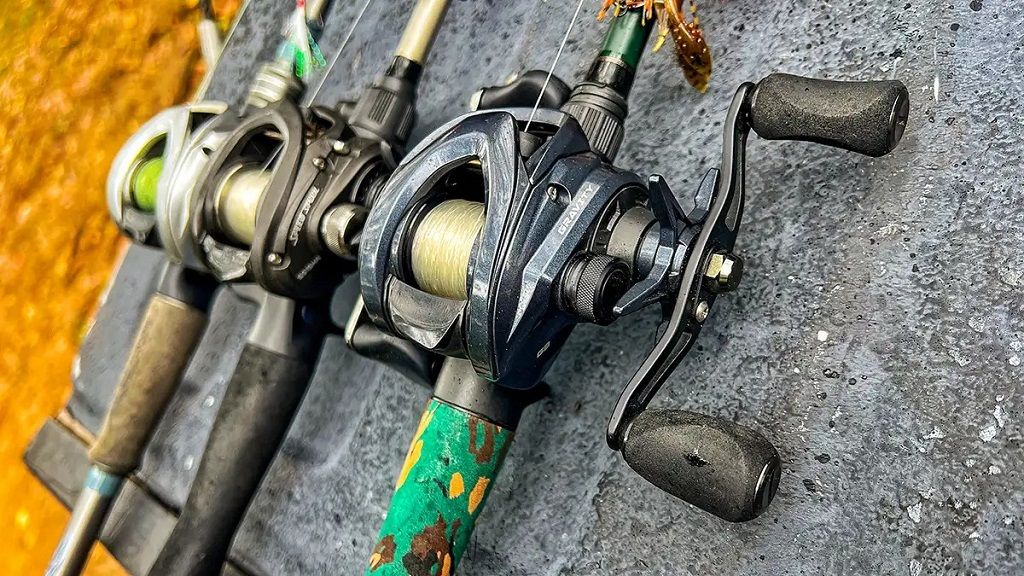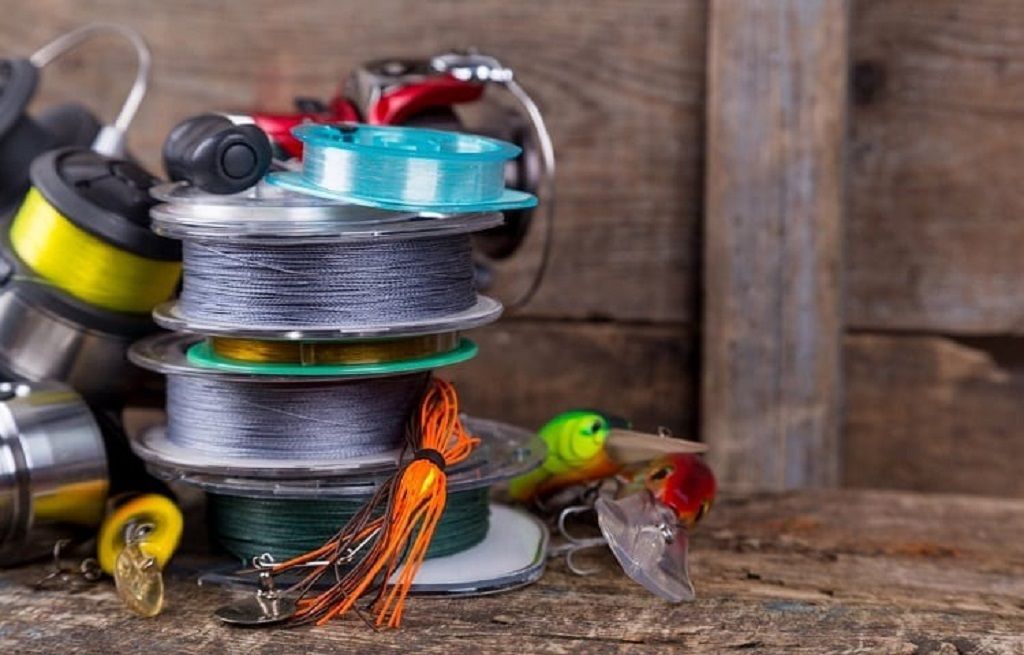
How Often Should You Replace Your Fishing Line? Here’s the Truth
Every angler has faced the heartbreak of a snapped line during a perfect strike. It’s frustrating and often avoidable. The question is: how often should you replace your fishing line? Here’s the truth—there’s no one-size-fits-all answer. The answer depends on the type of line, how often you fish, and the conditions you expose your gear to. This guide cuts through the noise, offering expert insights, real-world examples, and actionable advice.
Understanding Different Fishing Line Types
Before diving into timelines, you must understand that not all fishing lines are created equal. The three primary types—monofilament, fluorocarbon, and braided line—each age differently and serve different needs.
- Monofilament is affordable, stretchy, and beginner-friendly. But it breaks down quickly under UV rays and water absorption.
- Fluorocarbon is nearly invisible underwater and more abrasion-resistant, but it becomes brittle over time.
- Braided line is strong, thin, and durable. It resists UV and water damage better than the others but isn’t indestructible.
Each of these lines deteriorates for different reasons, which directly impacts how often you should replace them.
So, How Often Should You Replace Your Fishing Line? Here’s the Truth
Monofilament line should be replaced every 3 to 6 months for regular anglers. Occasional fishers can stretch it to a year, but no more. Mono degrades fast due to its tendency to absorb water and break down under sunlight. According to Field & Stream, UV damage and moisture exposure reduce monofilament’s tensile strength by over 20% in just a few months.
Fluorocarbon line lasts a bit longer—usually 6 to 12 months with moderate use. However, it becomes stiff and brittle with age. When you notice coiling or reduced casting distance, it’s time to change it. This line doesn’t absorb water but suffers from internal micro-cracks after extended use or knot tying.
Braided line holds up the longest. With proper care, it can last 1 to 2 years, sometimes even longer. However, braided line frays with abrasion and prolonged use, especially in rocky or saltwater environments. Frequent casting and retrieval wear down the line, even if it doesn’t snap easily.
Therefore, the answer to “How Often Should You Replace Your Fishing Line? Here’s the Truth” depends on line type, usage frequency, and fishing conditions.
Frequency of Fishing and Environmental Factors

How often you hit the water plays a huge role. A weekend warrior using monofilament might need a replacement every season. In contrast, a tournament angler using the same line type may need to swap it out monthly.
Saltwater fishing shortens line lifespan dramatically. Salt corrodes everything—including your line. UV rays, humidity, and abrasive underwater terrain wear down line integrity fast. According to Salt Strong, line degradation in saltwater can occur up to 40% faster than in freshwater environments.
Fishing in heavy cover like timber or rocks also affects longevity. Constant abrasion wears on the line, especially around knots and hook points. Frays or rough spots? That’s a silent signal to change it immediately.
Signs Your Line Needs Replacing
Even if you’re unsure of its age, your line tells you when it’s ready to go. Be alert for these red flags:
- Fraying or rough texture along the line
- Loss of tensile strength, especially near knots
- Memory coils in monofilament or fluorocarbon
- Color fading, especially with braid
- Reduced casting distance or line slippage
Ignoring these signs can cost you your personal best fish. Replacing the line is a small price for big rewards.
Expert Angler Opinions and Real-World Advice
Professional anglers often replace their lines more frequently than casual fishers. Kevin VanDam, a top-tier bass pro, changes his monofilament and fluorocarbon lines before every tournament. “You don’t want to gamble with gear failure,” he explains.
Recreational anglers like YouTube fishing educator Jon B recommend monthly inspections. “If you’re fishing heavy structure or pressured waters, check your line every trip,” he says.
From weekend warriors to tournament pros, the consensus is clear: regular replacement prevents gear failure and improves success rates.
Maintenance Can Extend Line Life
Want your line to last longer? Store it properly. Keep reels in a cool, dark place when not in use. Rinse saltwater gear with fresh water after each trip. Spool line evenly to reduce coiling and line twist.
Use line conditioner sprays like KVD Line & Lure to keep fluorocarbon smooth and flexible. For braided line, trimming back the first few feet of line after every trip removes frayed sections and improves performance.
The Cost of Not Replacing Your Line
Using old or compromised line is a gamble. It leads to missed catches, lost lures, and wasted trips. Let’s be honest—no one enjoys retelling the story of the “one that got away” because of a snapped line.
Replacing line costs far less than replacing tackle or losing fish. A $10 spool of fresh line could save a $20 lure and a lifetime trophy.
Read More Also: How to Make Rosemary Oil at Home
FAQs About Replacing Fishing Line
Does line color affect how often it needs replacement?
No. Color fading, especially in braided lines, is cosmetic. But it may signal UV exposure, prompting inspection.
Can I just cut off worn sections instead of replacing the whole line?
Yes, but only for minor damage. Regular trimming delays full replacement, but don’t overdo it.
Is there a difference in replacement frequency between spinning and baitcasting reels?
Not significantly. It depends more on the line and fishing conditions than the reel type.
Can I tell line condition just by looking at it?
Not always. Surface may look fine, but internal fibers or tension could be compromised. Always test with a light tug.
Does storing reels with tension damage the line?
Yes. Always back off drag and store reels loosely wound to avoid line compression.
Is cheap line more likely to need frequent replacement?
Often, yes. Lower-quality lines degrade faster and lack advanced coatings or materials that extend life.
How can I track when I last replaced my line?
Use a simple notebook or mobile app. Some anglers write the date on their reel’s underside.
Read More Also: 7 Hilarious Signs Your Home is Screaming for a Renovation
Final Thought
Fishing success often hinges on the smallest details—and your line is one of them. Ignoring its condition could mean the difference between landing a trophy and telling a sad story. So, how often should you replace your fishing line? Here’s the truth: there’s no universal rule, but the smartest anglers replace it based on line type, usage, and visible wear.
Whether you’re a casual caster or seasoned pro, staying on top of your line maintenance keeps you sharp, efficient, and prepared for that next big bite. Don’t let old line cost you the catch of a lifetime.




